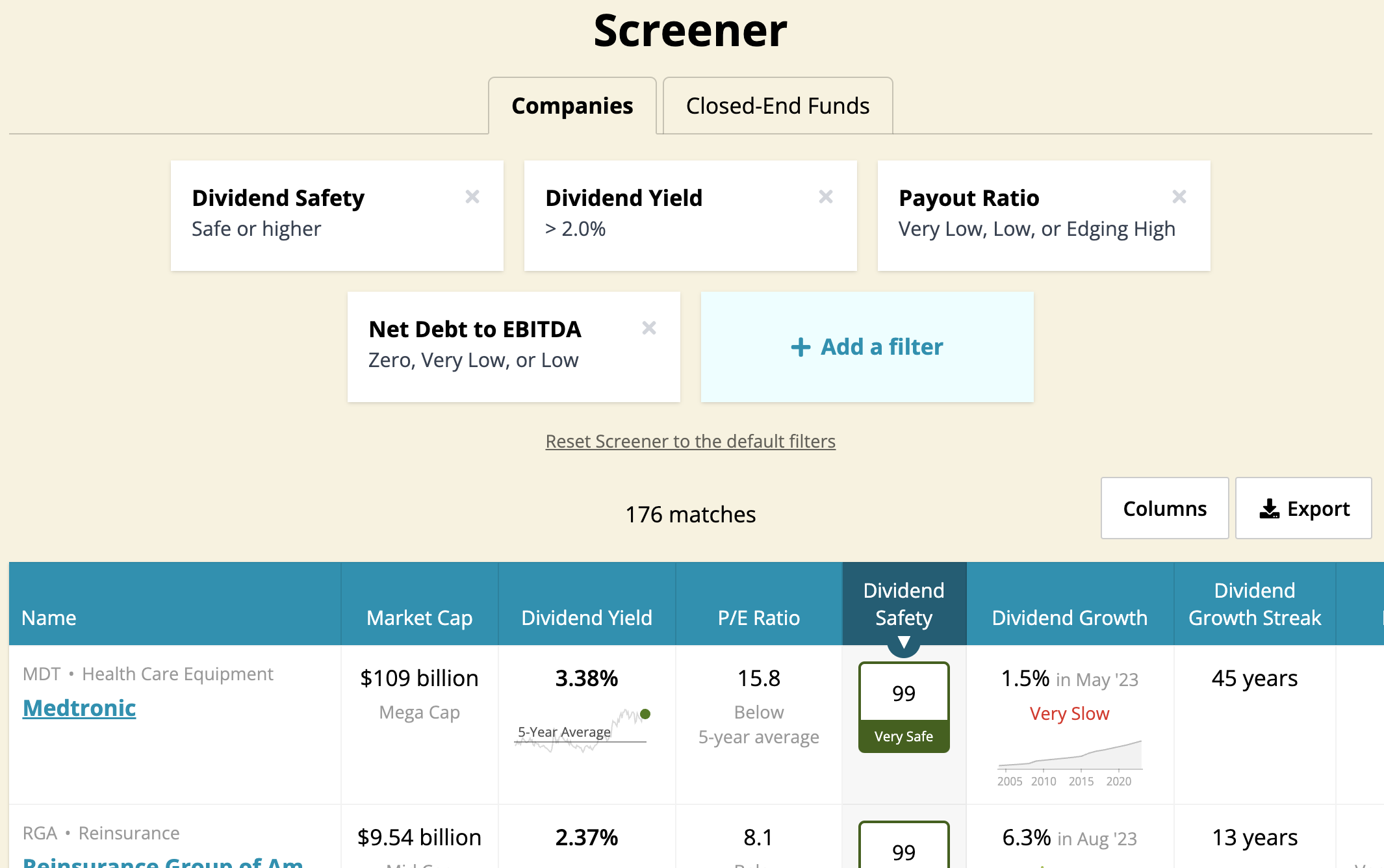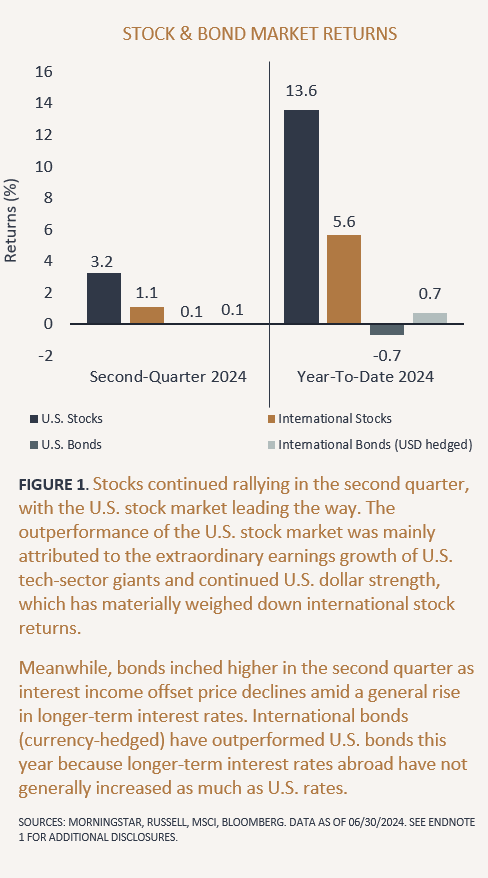Building a diversified stock portfolio is essential for managing risk while maximizing potential returns. A well-diversified portfolio can help investors navigate market fluctuations and ensure long-term financial growth. Below are key steps to building a strong and diversified stock portfolio.
Understand Diversification Diversification involves spreading investments across various asset classes, industries, and geographic regions to reduce risk. The goal is to avoid over-concentration in a single stock or sector, which can be detrimental if that particular investment performs poorly.
Determine Your Investment Goals and Risk Tolerance Before building a portfolio, define your financial goals. Are you investing for retirement, wealth accumulation, or passive income? Additionally, assess your risk tolerance. Younger investors with a longer time horizon may afford to take more risks, while those closer to retirement may prefer a more conservative approach.
Choose a Mix of Asset Classes A well-balanced portfolio includes a mix of:
- Stocks: Growth stocks, dividend stocks, blue-chip stocks, and small-cap stocks.
- Bonds: Government bonds, corporate bonds, and municipal bonds for stability.
- ETFs and Mutual Funds: These provide exposure to multiple stocks and sectors, making diversification easier.
- Alternative Investments: REITs (Real Estate Investment Trusts), commodities, and cryptocurrencies can offer additional diversification.
Diversify Across Sectors Investing in different sectors minimizes risk. Some sectors to consider include:
- Technology
- Healthcare
- Financial services
- Consumer goods
- Energy
- Real estate
- Utilities
For example, if one sector experiences a downturn, investments in other sectors can help offset potential losses.
Geographical Diversification Diversifying investments across different countries and regions can mitigate risks associated with economic downturns in a particular market. Investing in international stocks, emerging markets, and global ETFs allows exposure to diverse economies.
Select Stocks with Varying Market Caps Market capitalization (market cap) refers to the total market value of a company’s outstanding shares. A well-diversified portfolio includes:
- Large-cap stocks: Stable and established companies (e.g., Apple, Microsoft, Amazon).
- Mid-cap stocks: Companies with growth potential and moderate risk.
- Small-cap stocks: High-growth potential but higher risk.
Balance Growth and Value Stocks Growth stocks are companies expected to grow faster than the market, while value stocks are considered undervalued and have potential for appreciation. Balancing both ensures steady returns and capital appreciation over time.
Consider Dividend Stocks Dividend-paying stocks provide passive income and add stability to a portfolio. Companies with a strong history of consistent dividend payments, such as Johnson & Johnson, Procter & Gamble, and Coca-Cola, can be valuable additions.
Use ETFs and Mutual Funds for Instant Diversification Exchange-traded funds (ETFs) and mutual funds allow investors to gain exposure to a broad range of stocks without picking individual securities. Popular index funds such as the S&P 500 ETF provide a low-cost way to achieve diversification.

Regular Portfolio Rebalancing Over time, some investments may outperform others, causing an imbalance in asset allocation. Periodic rebalancing ensures the portfolio maintains the desired level of diversification and risk.
Avoid Over-Diversification While diversification reduces risk, over-diversification can dilute returns. Holding too many stocks may make it challenging to track performance effectively. Striking a balance between risk management and return optimization is crucial.
Stay Informed and Adjust as Needed Economic conditions, market trends, and company performances change over time. Regularly reviewing and adjusting your portfolio based on market developments and financial goals helps maintain an optimal investment strategy.
Final Thoughts A well-diversified stock portfolio is the foundation of successful investing. By spreading investments across asset classes, sectors, and geographies, investors can reduce risk while capitalizing on growth opportunities. Understanding risk tolerance, selecting a mix of stocks, and periodically rebalancing the portfolio ensures a resilient and profitable investment strategy over time.






Leave a Reply